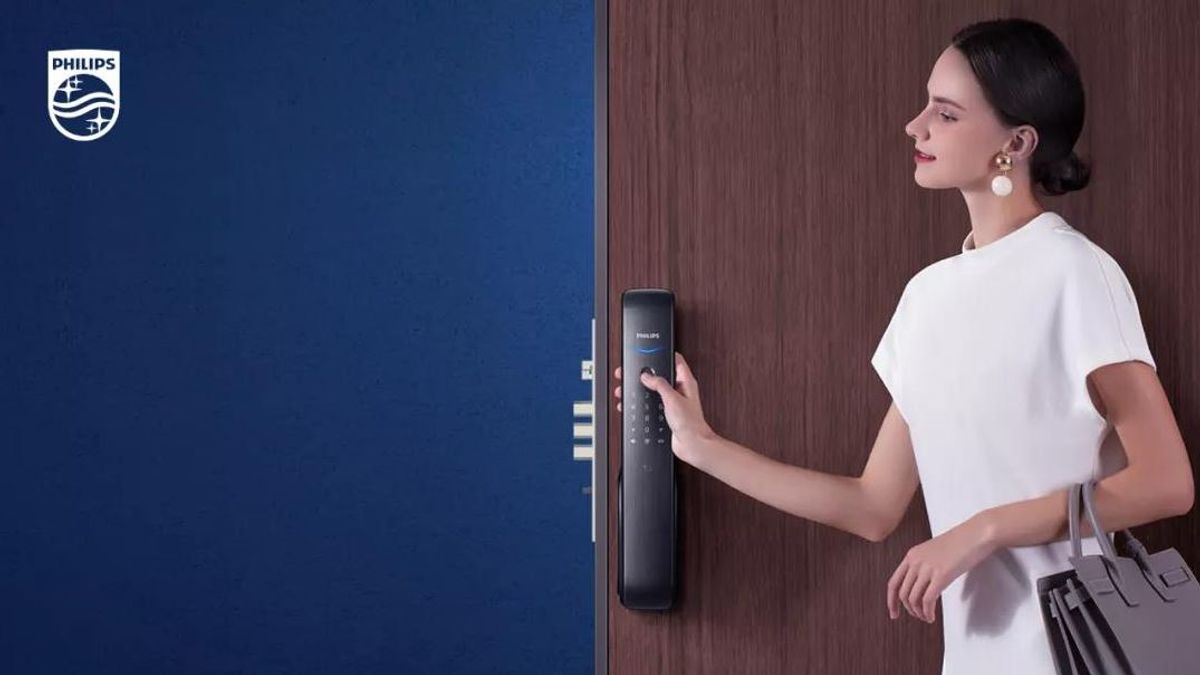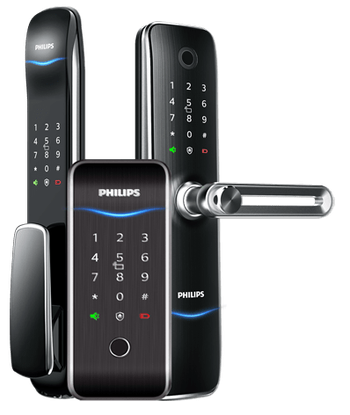
As an entry-level smart security product, Philips smart lock conducts rigorous tests and experiment on raw material purchase, production process and factory inspection. However, smart locks, like mobile phones and cars, are electronic products that are frequently used in daily life but are not often replaced. Therefore, no matter how good the quality of the smart lock, regular maintenance and maintenance are also indispensable.
What are the details that should be paid attention to when we use Philips smart lock in daily life?
The appearance of escutcheon adopts anti-corrosion material.
As we all know, as an electronic product, a smart lock contains PCBA and electronic components. In addition to ensuring the product's airtightness, the smart lock should also avoid being exposed to leaking or splashing water as much as possible.
Most of the escutcheons of Philips smart locks adopt the IML wire-drawing process. Although they are wear-resistant, scratch-resistant, waterproof and moisture-proof, they must also be protected from corrosive substances to avoid oxidation of the surface coating, damage to the protective layer of the shell, and affect the appearance of the smart lock.
The fingerprint recognition area should be wiped with a dry soft cloth.
Among numerous biometric technologies, featured with convenience, fast speed and accuracy, fingerprint recognition technology is the most widely used, and smart lock is also no exception. The way to unlock the door by one touch is popular among consumers in everyday use.
However, after using for a period of time, it is often found that fingerprint recognition is not sensitive. In most cases, it is caused by dirt on the fingerprint collection window. We can wipe it gently with a dry soft cloth, but be careful not to use cleaners or steel wire cleaning balls with corrosive material to avoid damaging or scratching the collection window which causes permanent damage.
Avoid privately using lubricating oil on lock cylinder and mortise.
Both the lock cylinder and mortise are essential components of the smart lock. What should we do if there are some abnormal situations occur such as jamming during using the smart lock? The first thing you should do is to contact the brands’ after-sales service or professional for on-site debugging. However, spraying lubricants privately is not allowed because it would lead to short-circuiting of the smart lock.
Take the lock cylinder as an example. The lock cylinder is the core part of the mechanical key to unlock. Generally, it will only be used in abnormal situations like power failure. If it is not used for a long time, the mechanical key might not be plugged in smoothly. Even so, do not apply any lubricating oil to prevent the grease from sticking to the pin spring, causing the lock bolt to be unable to rotate and unable to open the door.
Regularly check the battery level to prevent leakage.
The battery is one of the main power supply methods to the smart lock, and the battery life should be checked regularly in daily use. When you plan to go out for a long time, check the battery level in advance. If a low battery alarm occurs, replace the battery in time; if leakage occurs in hot and humid weather, replace the battery immediately, and be careful not to mix old and new batteries. In order to ensure the lifespan of the smart lock, it is recommended to use high-quality AA alkaline dry batteries. Be careful not to remove the battery when setting and operating the smart lock.
To sum up, when we use the Philips smart lock, we must pay attention to the daily maintenance of the escutcheon, cylinder, mortise, the battery, etc., In this way, the Philips smart lock with convenience, security and beautiful appearance can better protect our home safety.
